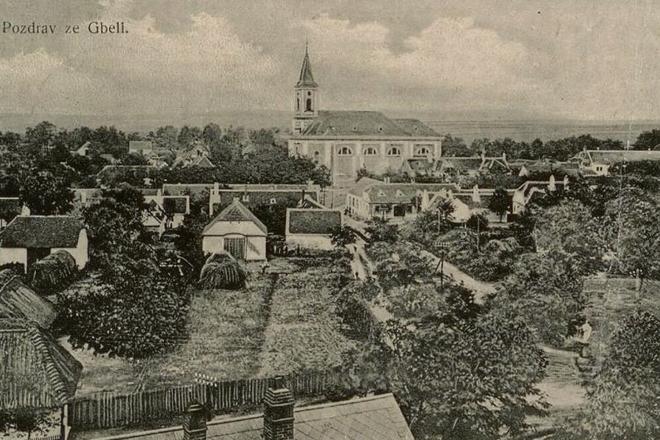THE TOWN of Gbely has for the last century been connected with crude oil extraction. The resources hidden deep in its soil were first discovered in 1912 by local inhabitant Ján Medlen, who cleverly used the leaking natural gas to heat his house.
The general public learned of the presence of precious raw materials in the area after an explosion in 1913. Consequently, authorities found both natural gas and crude oil when drilling. Crude oil was first extracted here on a large scale during the First World War. By the war’s end, up to 400 people – mostly prisoners of war – worked in the local mines. This was how the extraction of oil in Záhorie started, and it continues today.
Let us pause to explore Gbely’s strange name, whose history takes us back 1,000 years, to a time when the whole Záhorie region was a Hungarian border zone. The practically uninhabited plane was then occupied by Turkic tribes from the eastern steppes. Most of the border guards eventually settled there and blended into the local population.
The Kumans tribe, which used to dwell on the area of current Gbely, referred to a local hill as Ega Bel, meaning sharp hill. Even today, Austrian villagers across the Morava River call the town Egbell.
Although Gbely had the status of a town, in this postcard from 1935 it looks like a village. The houses in the left bottom corner even have thatched roofs.


